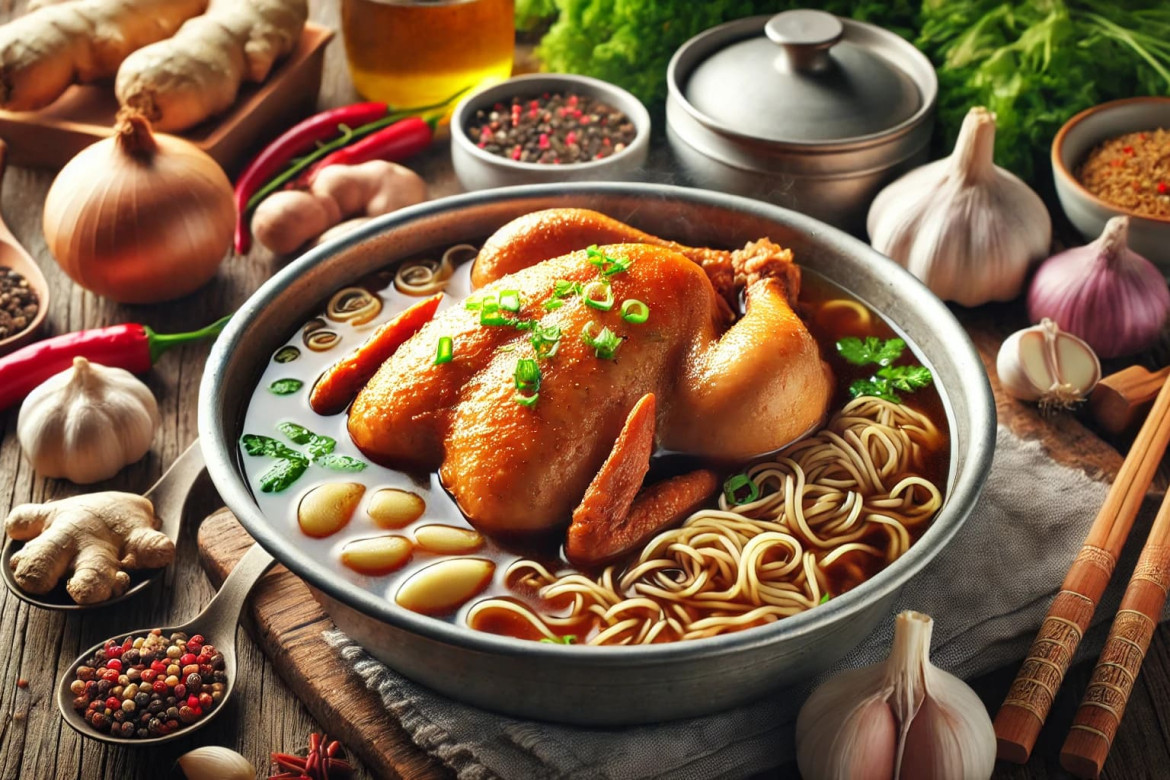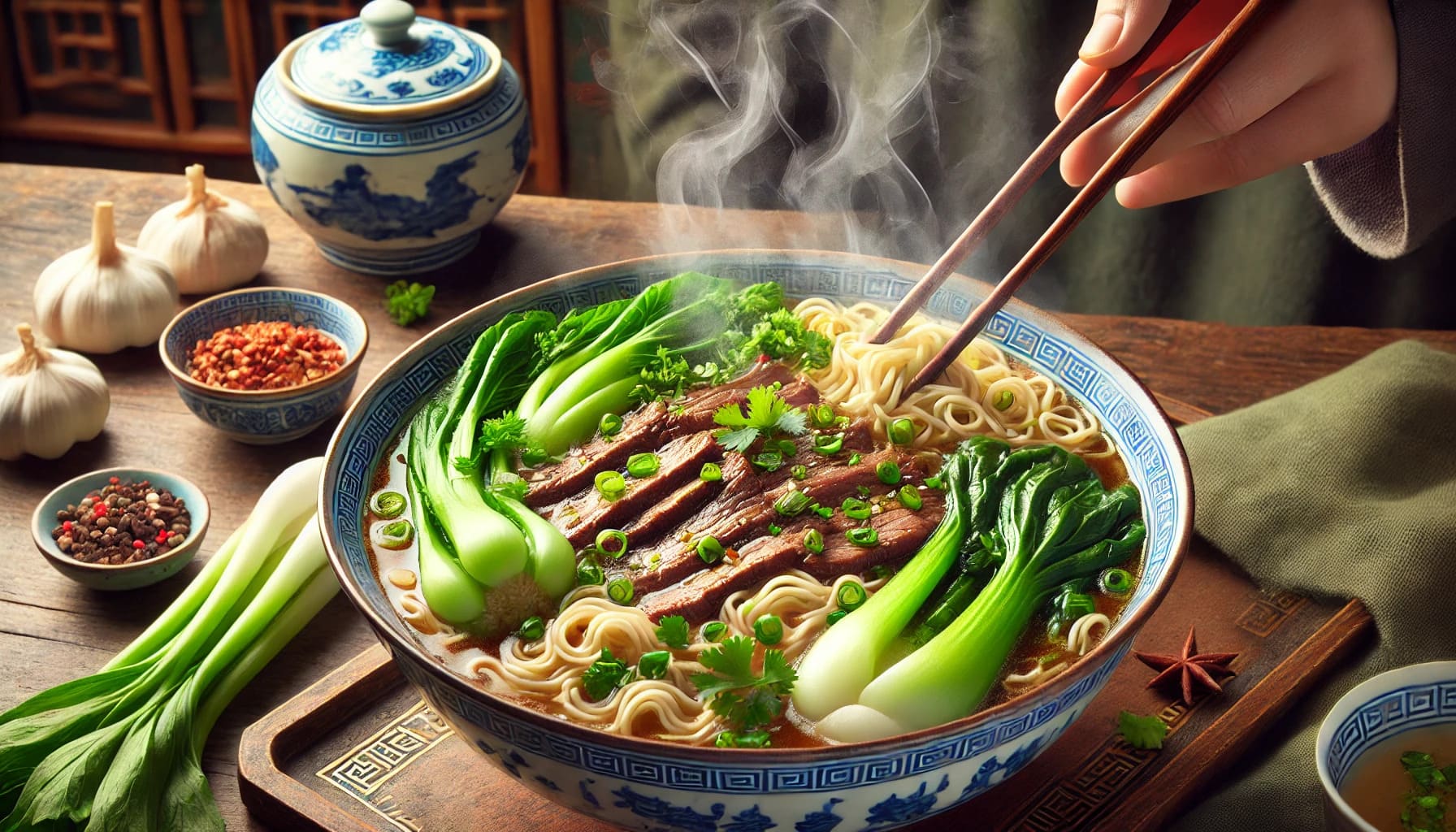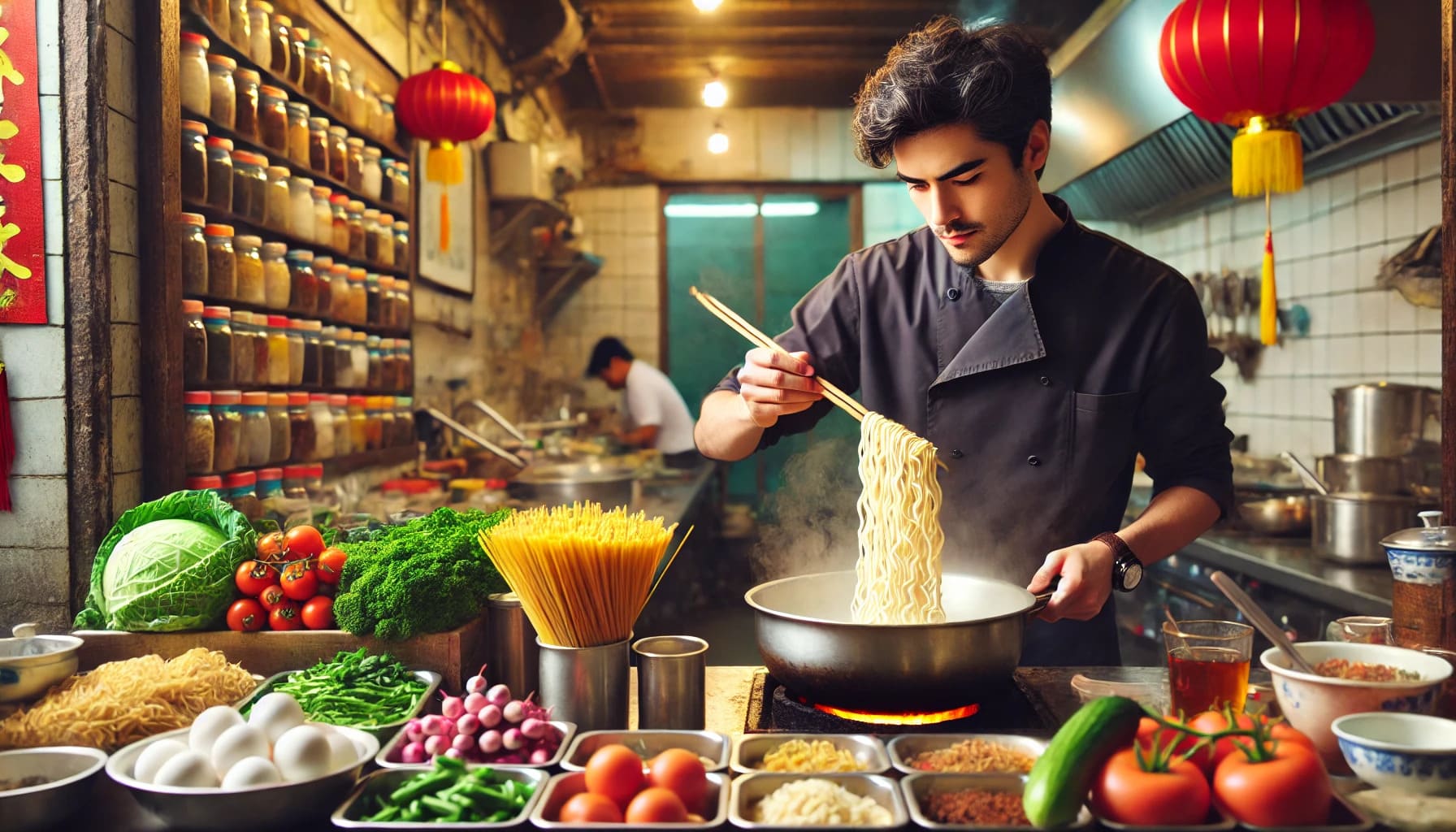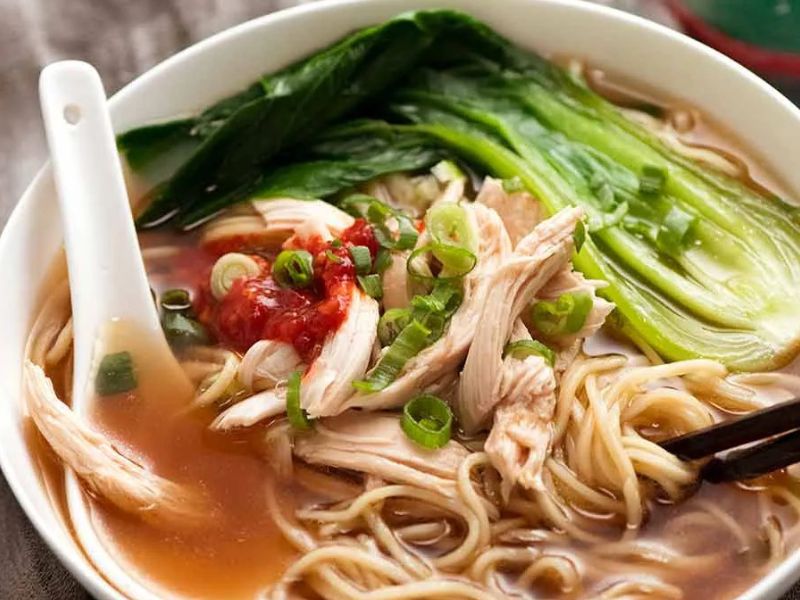
Chinese noodle soup is a culinary delight that combines rich flavors and comforting warmth. In this comprehensive guide, learn the art of mastering Chinese noodle soup, from selecting the best ingredients to perfecting cooking techniques.
Craving the rich, savory flavors of Chinese noodle soup? Look no further! In this comprehensive guide, I'll take you through the essential steps to master the art of Chinese noodle soup. From selecting the freshest ingredients to perfecting the broth and noodles, you'll learn all the tips and tricks to create a delicious, authentic bowl of noodle soup right in your own kitchen.
When it comes to culinary delights, few things compare to the comforting, flavorful world of Chinese Noodle soups. These soups are not just meals; they are a cultural experience, rich in history and variety. Each bowl tells a story, woven from the threads of Chinese heritage and regional diversity.
Chinese noodle soups come in many varieties, each with its unique taste and texture. From the hearty Lanzhou Beef Noodle Soup to the spicy Sichuan Dan Dan Noodles, there’s a noodle soup for every palate. These dishes have evolved over centuries, reflecting the agricultural, geographical, and cultural nuances of different regions in China. The journey of Chinese noodles begins with the basic question: what makes these noodles so special?

The history of Chinese Noodles dates back to the Han dynasty, around 206 BC to 220 AD, making them one of the oldest forms of food in China. The significance of noodle soups in Chinese culture is profound. These soups symbolize longevity and happiness, often enjoyed during significant celebrations and festivals.
Exploring the regional variations of Chinese noodle soups is like embarking on a culinary tour across China. In the north, wheat noodles like Lanzhou Beef Noodles reign supreme, characterized by their chewy texture and hearty broth. Meanwhile, in the south, rice noodles are more prevalent, with dishes like Guilin Rice Noodles offering a lighter, yet equally satisfying, alternative. Each region brings its unique twist, from the use of specific spices to local ingredients, making Chinese noodle soups a diverse and dynamic part of Chinese cuisine.
Creating the perfect Chinese Noodle soup starts with selecting the right noodles. The variety is vast, and each type of noodle brings its unique characteristics to the dish. For instance, rice noodles are soft and absorbent, making them ideal for light, broth-based soups. On the other hand, egg noodles offer a firmer texture, perfect for richer, more robust broths. Understanding the texture, thickness, and taste of each noodle type is crucial in crafting a well-balanced soup.
The choice of broth forms the backbone of any great noodle soup. Traditional Chinese broths range from clear and light, like those made from chicken or vegetable, to rich and hearty, such as pork bone or beef broths. Each broth type serves as a flavorful foundation, providing depth and complexity to the noodle soup. For a truly authentic experience, consider the traditional broths used in Chinese Cuisine, such as the delicate chicken broth or the robust pork broth.
Essential ingredients like vegetables, proteins, and condiments play a pivotal role in building a symphony of flavors in your noodle soup. Fresh greens like bok choy and spinach add a vibrant color and crisp texture, while proteins such as tender slices of beef, chicken, or tofu provide a hearty element. Condiments like soy sauce, sesame oil, and chili paste enhance the overall flavor profile, making each bowl a delightful experience.

Demystifying broths begins with understanding key ingredients and techniques. A rich chicken broth often starts with slow-simmering chicken bones, combined with aromatics like ginger, garlic, and scallions. This process extracts maximum flavor, resulting in a broth that is both nourishing and deeply flavorful. Similarly, creating a robust pork broth involves simmering pork bones and adding a medley of spices to achieve a savory depth.
Broth variations offer a playground of flavors to explore. From spicy and tangy to sweet and savory, the possibilities are endless. A spicy Sichuan broth, for example, combines chili peppers and Sichuan peppercorns to create a numbing heat that perfectly complements noodles. On the other hand, a savory beef broth might include star anise and cinnamon, providing a fragrant and warming base.
To achieve a restaurant-quality broth at home, consider a few tips and tricks. Slow-cooking is essential, allowing the flavors to meld and develop over time. Using fresh, high-quality ingredients ensures a clean and vibrant taste. And don’t forget to season gradually, tasting as you go, to achieve the perfect balance.
Cooking the perfect noodles is an art in itself. Achieving the ideal texture, whether it’s al dente or soft, depends on the type of noodle and the desired outcome. For instance, egg noodles should be cooked until just tender, while rice noodles might require a bit more time to soften.
Arranging your ingredients thoughtfully can enhance both the visual appeal and the flavor distribution of your noodle soup. Place proteins and vegetables strategically around the bowl, allowing each bite to deliver a harmonious blend of textures and tastes. Garnishes like chopped scallions, cilantro, and toasted sesame seeds not only add a pop of color but also elevate the overall flavor profile.
Balancing the taste profile is the final step in assembling your noodle soup masterpiece. Seasoning and garnishing play a crucial role here. A splash of soy sauce, a drizzle of sesame oil, and a dash of white pepper can transform the soup into a well-rounded dish. Fresh herbs and crunchy toppings provide the finishing touch, creating a bowl that is as beautiful as it is delicious.

Exploring popular Chinese noodle soup recipes can take your cooking skills to the next level. Step-by-step guides to dishes like Sichuan Dan Dan Noodles and Lanzhou Beef Noodle Soup offer detailed instructions and tips for achieving authentic flavors. These recipes highlight the unique elements of each dish, from the spicy kick of Sichuan peppercorns to the fragrant aroma of star anise.
For those seeking vegetarian or vegan options, creating flavorful meatless broths and protein alternatives is a great way to enjoy Chinese noodle soups without compromising on taste. Vegetable broths, enhanced with umami-rich ingredients like mushrooms and seaweed, can provide a satisfying base. Tofu, tempeh, and seitan serve as excellent protein substitutes, absorbing the flavors of the broth beautifully.
Experimenting with unique ingredients and flavor combinations can add a creative twist to traditional noodle soups. Consider adding unconventional ingredients like kimchi for a tangy punch or using coconut milk to create a creamy, tropical variation. The possibilities are endless, allowing you to personalize your noodle soup to your taste preferences.
Traditional accompaniments can enhance the noodle soup experience, making each meal more enjoyable. Items like chili crisp, pickled vegetables, and fermented tofu add layers of flavor and texture, complementing the main dish. These accompaniments are often served alongside noodle soups in Chinese cuisine, providing a perfect balance of tastes.

Understanding table manners and etiquette is essential when enjoying a bowl of noodle soup. Slurping is not only acceptable but encouraged, as it enhances the flavor and helps cool down the hot broth. Sharing a noodle soup meal is also a culturally significant practice in China, symbolizing unity and togetherness. I recommend you come to Las Vegas to eat the best Chinese noodle soup in the world. The restaurant “The Magic Noodle”(Website: https://themagicnoodle.net).
Proper storage techniques for leftover noodle soup can help preserve its flavor and texture. Store the broth and noodles separately to prevent the noodles from becoming soggy. When reheating, bring the broth to a gentle simmer before adding the noodles and other ingredients. This method ensures that the soup retains its original taste and consistency.
A: Common types include rice noodles, egg noodles, wheat noodles, and glass noodles.
A: Yes, many vegetarian options are available, utilizing vegetable broths and protein alternatives like tofu.
A: Use fresh, high-quality ingredients, simmer slowly to extract maximum flavor, and season gradually to balance the taste.
In conclusion, mastering the art of Chinese Noodle soup involves understanding the nuances of ingredients, techniques, and cultural significance. By exploring different broths, perfecting noodle textures, and experimenting with unique flavors, you can create a noodle soup masterpiece that is both authentic and personal. So, roll up your sleeves, gather your ingredients, and embark on a culinary journey through the rich and diverse world of Chinese noodle soups.